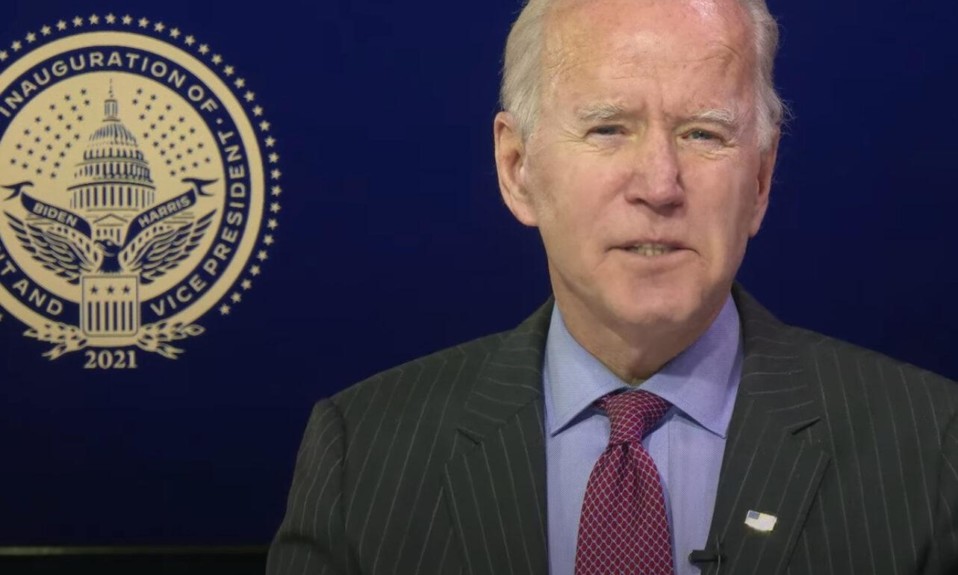Despite his checkered history with drug policy, our nation’s 46th leader promises to bring a new level of empathy, legislation and innovation to how the U.S. approaches substance use disorder
By Jason Langendorf
January 19, 2021As the nation turns to Joe Biden’s inauguration as our 46h president, many of us who are or love someone who is fighting substance use disorder (SUD) or who work in treatment are wondering: How will the man who once fought so fiercely to crack down on drug use and ramp up drug-related incarceration lead us to a kinder, gentler, successful federal drug and addiction-care policy?
Addiction advocates can be forgiven for their skepticism. Although the incoming administration’s general capacity for empathy may benefit from the comparison to Donald Trump’s White House, Biden’s legislative track record on drug policy has been checkered and, at times, misguided, as he would be the first to admit.
In the 1970s and ’80s, Biden, as a senator from Delaware, preached law and order while criticizing Democrat and Republican administrations alike for what he viewed as insufficient punitive reactions to America’s drug problem. One of Biden’s signature pieces of legislation during his years as a member of the Senate Judiciary Committee includes a 1994 crime bill that, experts say, escalated the failing War on Drugs and the country’s issue with mass incarceration. Even in his more recent actions as a presidential candidate, Biden’s choice for his running mate—former prosecutor and California Attorney General Kamala Harris—drew concerns from those seeking drug and criminal-justice policy reform.
That said, Biden has admitted he made errors in the past and says he has changed his position on drug policy and treatment. As he noted during a November 2020 radio interview about the 1994 crime bill and its impact on the Black community, “It was a mistake, and I’ve been trying to change it since then.”
An Overview of Biden’s Addiction Policy Evolution
A number of signs point to Biden’s personal and political evolution as a drug policymaker. His public plan to tackle America’s addiction crisis—outlined by TreatmentMagazine.com here and informed in part by his son Hunter’s own struggles with SUD—includes unprecedented financial investment, sweeping legislative changes and a more compassionate approach to care and recovery.
Here are the broad strokes:
- Protect and build on the Affordable Care Act, ensuring universal medical coverage (and with it, addiction care) for all Americans
- Deliver $125 billion in funding to states for addiction treatment and prevention initiatives
- Enact criminal justice reform that helps keep people out of prison for drug use alone
- Stem the flow of illicit drugs, while making access to prescription drugs more difficult and neutralizing incentives for prescribers
None of this will be easy. And Biden’s challenge is exacerbated by the COVID-19 pandemic, which will have a ripple effect on America’s addiction epidemic for years to come. Still, the president-elect has made several key cabinet appointments that suggest the seriousness of his purpose around addiction and treatment reform: Xavier Becerra, a champion of healthcare and underserved communities, for director of the Department of Health and Human Services; Rochelle Walensky, an infectious-disease specialist, to lead the Centers for Disease Control and Prevention (CDC); and Secretary of Labor Marty Walsh, who is in recovery from alcohol use disorder (AUD) and, in one of his first acts, spoke at a virtual event co-hosted with Shatterproof, the nonprofit committed to reversing addiction, that focused on ending the stigma associated with substance misuse.
The treatment component of Biden’s drug policy plan is, in many ways, inextricable from its other aspects—including criminal justice reform, demanding accountability from pharmaceutical companies and ending stigma—but its emphasis on certain specifics is encouraging:
Targeted funding
Biden’s plan, rather than passing the buck to states, is to build in flexibility to deliver funds to communities where they are needed most, while at the same time providing guidance and demanding accountability from state and local governments.
Expand treatment access
This includes creating more addiction treatment facilities and expanding the network of providers, particularly in underserved urban communities and rural areas.
Offer medication-assisted treatment (MAT) to all
Medications such as buprenorphine, methadone and naltrexone are proven to be effective, yet, according to the Journal of Addiction Medicine, fewer than 50 percent of SUD facilities across the country offer even one FDA-approved MAT option. Biden’s plan, which calls for universal access to MAT by 2025, would lower barriers from insurers and prescribers that prevent many from receiving medication.
Prevent more overdoses
The overdose-reversal drug naloxone has been shown to save lives, yet it has too often been absent when and where needed. Biden plans to expand grants to states for the purchase of naloxone and provide more support to the first responders responsible for administering it.
Establish syringe-exchange and safe-zone programs
The initiative that perhaps shows just how far the president-elect has come in terms of drug policy: Funding from Biden’s plan can be used locally for the creation of syringe-exchange programs and supervised drug-consumption facilities that save lives and mitigate harm (hepatitis C and HIV, for instance) from the use of opioids and other drugs.
Count on TreatmentMagazine.com to follow the Biden administration closely and cover both the promising and challenging with equal journalistic commitment.














